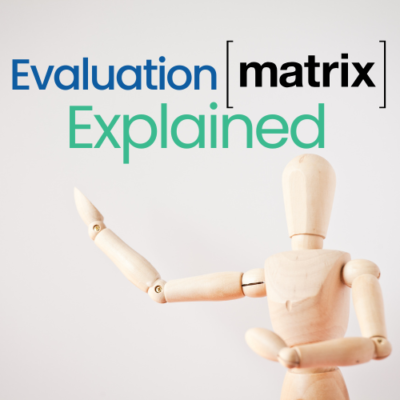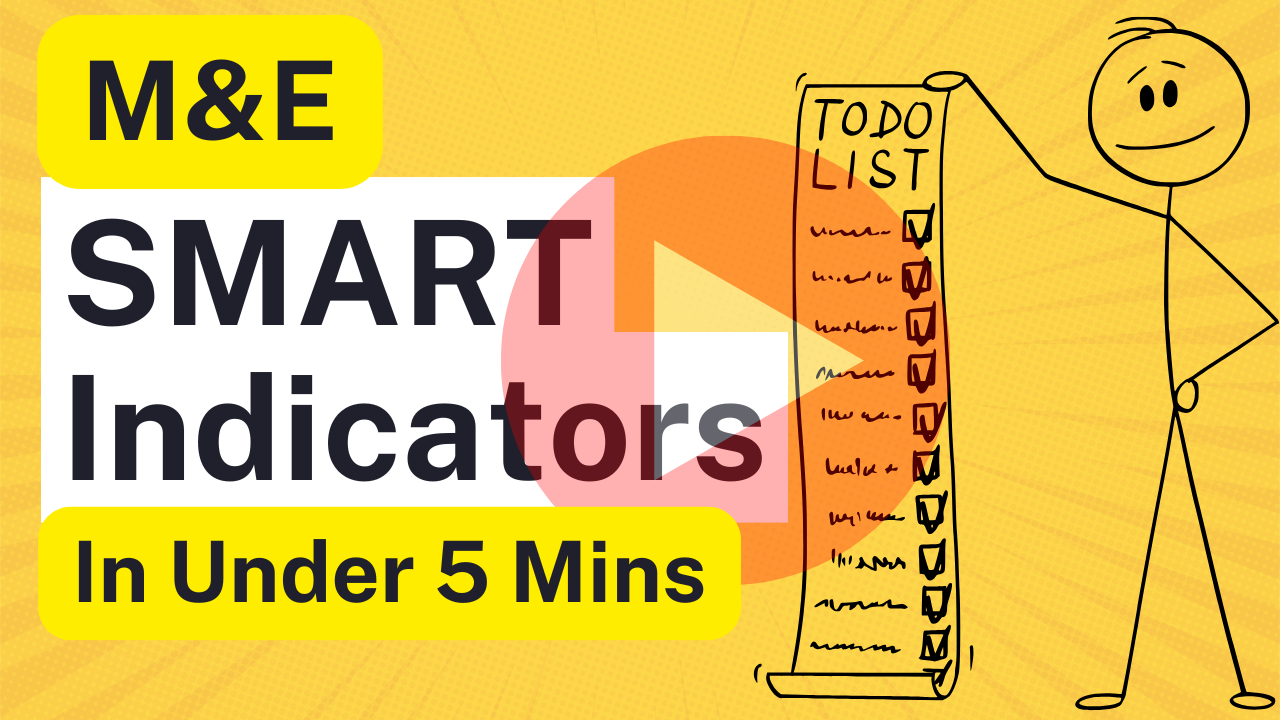Outcomes Harvesting: Methodology and Applications in M&E
December 9, 2023 2023-12-11 7:32Outcomes Harvesting: Methodology and Applications in M&E
TLDR: Outcomes Harvesting is a tool used to identify, document, interpret, and use the outcomes — defined as changes in behavior, relationships, actions, activities, policies, or practices — of an initiative. It’s particularly useful in complex scenarios where relationships are not linear, and causation is difficult to determine. Consequently, this makes it well-suited for adaptive programs that operate in dynamic environments.
Table of Contents
Introduction to Outcomes Harvesting
Monitoring and Evaluation (M&E) are crucial components of any effective program, policy initiative, or intervention. With the ever-growing demand for accountability and transparency in project implementation and impact assessment, practitioners have sought innovative ways to capture the effect of their work. One such method that has gained traction in the M&E space is Outcomes Harvesting. We’ll unpack the methodology behind Outcomes Harvesting and its practical applications in the field of M&E.
The Genesis of Outcomes Harvesting
Outcomes Harvesting has emerged as a response to the limitations of traditional M&E processes, which often focus strictly on predetermined indicators and outputs. This method offers a more flexible approach, capturing outcomes that were unforeseen at the project’s inception. Developed by Ricardo Wilson-Grau and colleagues, Outcomes Harvesting flips the script on conventional evaluation methods by starting from ‘harvesting’ achieved results and working backward to determine how and why they happened.
Understanding Outcomes Harvesting
Outcomes Harvesting is a tool used to identify, document, interpret, and use the outcomes — defined as changes in behavior, relationships, actions, activities, policies, or practices — of an initiative. It’s particularly useful in complex scenarios where relationships are not linear, and causation is difficult to determine. Consequently, this makes it well-suited for adaptive programs that operate in dynamic environments.
The Six-Step Methodology of Outcomes Harvesting
1. Planning: Like any sound M&E practice, Outcomes Harvesting begins with meticulous planning. Stakeholders determine the purpose of the harvest, outline the primary users of the harvested information, and define the scope, including the time frame and types of outcomes of interest.
2. Identification of Outcomes: Through interviews, document reviews, and other methods, outcomes are identified within the defined scope. This includes both positive and negative changes that are directly attributable to the initiative.
3. Formulation of Outcome Descriptions: Each identified outcome is described in detail, focusing on the specific change that has occurred. These descriptions should encapsulate who or what has changed and what the change entailed, verifying the contribution of the initiative to these changes.
4. Substantiation of Outcomes: The fourth step involves gathering evidence to substantiate the claimed outcomes. This often entails collecting testimonials, documents, images, or other forms of proof that attest to the change. This crucial step ensures the credibility of the outcomes harvested.
5. Analysis and Interpretation of Outcomes: Once outcomes have been identified and substantiated, they are analyzed to understand their importance and the mechanisms that led to their emergence. Analysis might grapple with questions like: How do these outcomes relate to each other? Do they suggest patterns or trends? What insights do they offer about the initiative’s strategy and context?
6. Support Use of Harvested Outcomes: The final step is to ensure that the outcomes are used in decision-making. This might involve presenting findings to stakeholders, incorporating outcomes into reports, or using harvested information to inform strategy and future direction.
Tools and Techniques in Outcomes Harvesting
Practitioners may employ various tools to assist in Outcomes Harvesting. These can include outcome diaries, stakeholder interviews, focus group discussions, and mapping techniques to visually represent relationships and changes. Databases can be used to track and categorize outcomes, facilitating later analysis.
Applications in M&E
Outcomes Harvesting has a myriad of applications within M&E because of its adaptability and focus on actual results rather than predicted results.
Evaluating Complex Programs
In programs where activities are highly interconnected and the context is dynamic, Outcomes Harvesting can capture emergent outcomes that were not originally anticipated, providing a more nuanced view of the program’s impact.
Informing Adaptive Management
For programs that must pivot and adapt to changing circumstances, the outcomes harvested can inform strategic decisions on what adaptations are necessary to ensure continued effectiveness.
Strengthening Accountability and Learning
By identifying and substantiating real changes caused by an initiative, organizations can better account for their actions and learn what works, what doesn’t, and why.
Participatory Evaluation
Outcomes Harvesting can be a participatory process, involving beneficiaries and stakeholders in the identification and substantiation of outcomes, promoting ownership and alignment with the evaluation process.
Challenges and Mitigation Strategies
While Outcomes Harvesting boasts numerous strengths, it also presents challenges. Substantiating outcomes to a high degree of credibility can be resource-intensive. Mitigation strategies may include focusing the Outcomes Harvesting exercise only on the most significant outcomes or using a sample of outcomes when dealing with large datasets.
Real-World Examples
To illustrate the approach, consider the scenario of a non-profit that supports entrepreneurial ventures in rural areas. Traditional M&E might track the number of businesses started or jobs created. Outcomes Harvesting would go deeper, identifying changes such as shifts in community attitudes towards entrepreneurship, the influence of the program on local policies, or the development of new market linkages built by the entrepreneurs.
Future Directions
The future of Outcomes Harvesting in M&E may involve integrating technology to enhance data collection and analysis. For example, Outcome Diaries — real-time logs kept by beneficiaries or staff — could be digitized for ease of data aggregation and analysis.
Conclusion
Outcomes Harvesting is a methodological gem in the evaluative horizon, offering flexibility, depth, and a genuine appreciation for the unexpected paths progress can take. As organizations continue to navigate the complexities of effecting positive change, Outcomes Harvesting will undoubtedly remain an invaluable tool in the M&E toolkit — one that not only gathers the fruits of labor but also plants seeds for future cultivation and learning.
Sign up to the Finding Your Niche in M&E: Capitalize on In-Demand Specialties course









